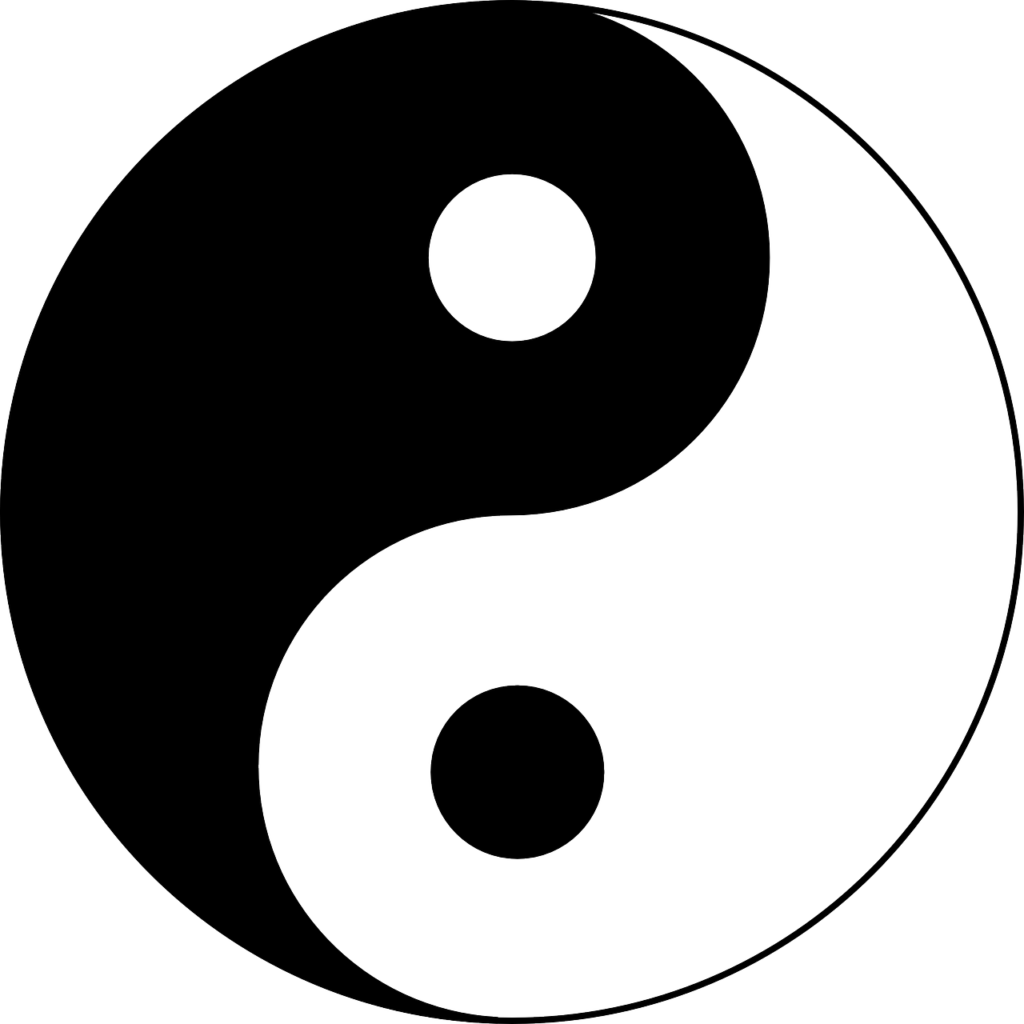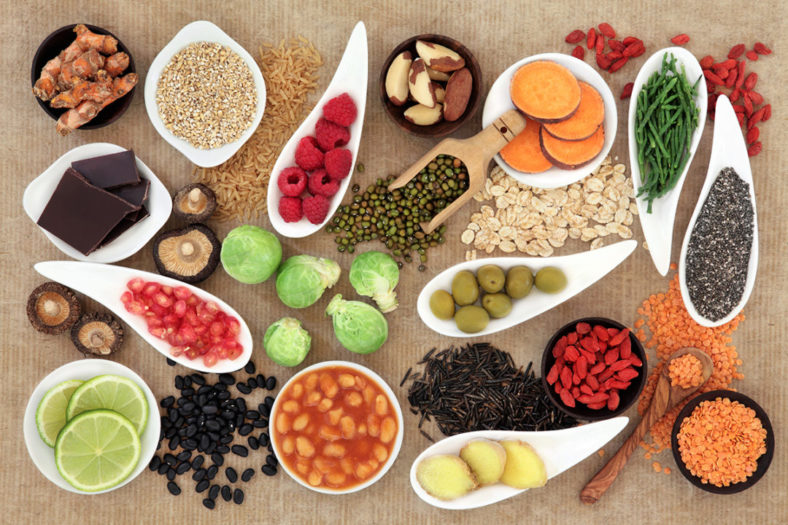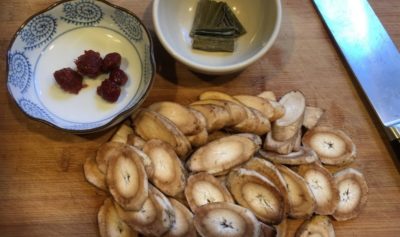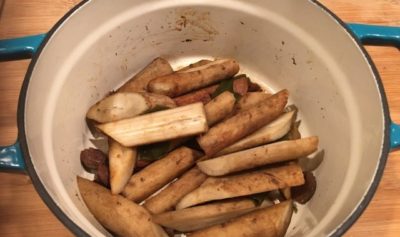Understanding the yin-yang nature of foods for inner balance and the burdock-carrot kinpira recipe.
You learned how to make the Japanese dish yuki nabe, or “snow” hot pot, made with daikon and tofu, in an earlier post on food for health and wellness. Here we look at the yin-yang nature of foods for inner balance.
Discover how a root vegetable like burdock, known as gobo in Japanese, creates the perfect inner balance for the yuki nabe or daikon-tofu dish.
People in traditional societies have for centuries used foods to treat and prevent health problems of all kinds. They intuitively understand the yin-yang nature of foods for inner balance. Hence they apply this yin-yang insight about foods to achieve inner balance in their daily life.
In traditional Chinese culture, meals comprised one of the many ways to maintain harmony with the natural laws of the universe. And this can be explained with the yin-yang principles that are applied to foods for cultivating inner balance.
Yin-Yang Principle
The ancient Chinese understood and prepared foods in harmony with the Taoist philosophy of yin and yang. This is the same yin-yang principles that form the backbone of traditional Chinese medicine (TCM).
As a child, my mother brought us up adhering to the yin-yang principles of food for inner balance. That’s hardly surprising since her father, my maternal grandfather was a Taoist cultivator and healer.
If I had a cough, mother wanted to know if I coughed more at night before I went to bed or at dawn when I got up. Based on my answers, my mother would tell me what I could to eat and what I was not allowed to eat, much to my chagrin, until I recovered from my cough.
The yin-yang principle can be traced back as far as China’s first recorded dynasty, the Shang Dynasty (circa 1700s–1100s BC), and probably predates that.
Yin and yang manifest as two opposite yet interdependent states that constantly transform into one another. For instance, yin into yang or yang into yin, in an endless cycle of change.

Characteristics of Yin and Yang
The nature of yin embodies the feminine, the moon, darkness, night, and cold or cool energy, whereas yang is the masculine, the sun, brightness, day, and hot or warm energy.
Yin energy is inward, contemplative, and reflective. It cools and calms, easing tension and helping us relax.
Yang is the opposite and pertains to the masculine energy. It symbolizes the sun, light, day, hot or warm energy. Yang energy is outward. It is energizing and enables us to act, stay focused, move, and respond appropriately to different situations.
Yin-Yang Nature of Foods
According to TCM, the human body needs to maintain a balance of yin and yang to stay healthy.
Foods can be classified as having either yin or yang qualities depending on how they affect the body. Yin foods have a cooling and calming effect, while yang foods have a warming and energizing effect.
Meats and root vegetables are considered more yang, while tofu, daikon, scallions, and green, leafy vegetables are more yin in nature.
Here is a yang recipe consisting of carrots and burdock root that balances the more yin daikon-tofu nabe dish. It’s the classic Burdock-carrot kinpira.
Kinpira is a Japanese term for the sauté and simmer cooking method that is often used to cook root vegetables. A classic kinpira is a blend of burdock and carrots. The ratio is four parts burdock root to one part carrots (4:1). This is about one long burdock root to one medium-sized carrot.
For those of you who are not familiar with burdock, it is a slim root vegetable that is usually about 20 inches to 30 inches long. Also known as gobo in Japanese, burdock root is high in fiber and has an earthy taste when cooked.
These days you can easily find burdock root in most Asian grocery stories. Here’s the recipe.
Burdock-Carrot Kinpira
Ingredients
- 1 long burdock root (julienned or finely shaved)
- 1 medium-size carrot (julienned)
- 1 tablespoon sesame oil
- 2 tablespoons soy sauce
- A few tablespoons of water
- 1/2 teaspoon sugar (optional)
- Chopped cilantro to garnish
- 1 tablespoon toasted sesame seeds (optional)
Method
- First, wash and scrub the burdock with a vegetable brush, but do not peel the skin, then finely julienne or shave into tiny leaf-like slices.
- Wash and julienne the carrots.
- Heat a pan over high flame and add oil to the pan being careful not to let it get so hot it starts smoking.
- Add the burdock and carrots and sauté until the vegetables absorb the oil.
- Lower the heat to medium flame, and add some water and two tablespoon of soy sauce and sugar if desired.
- Let the vegetables simmer for two to three minutes or until the liquid has evaporated.
- Taste a piece of burdock, and if it is still crunchy and hard, add a bit more water and simmer for a few minutes.
- Remove from heat, and toss with toasted sesame and chopped cilantro.
- Serve with pressure-cooked hot brown rice and daikon-tofu yuki nabe.
Enjoy!
 Dr. Margaret TreyAuthor, Researcher & Wellness Advocate
Dr. Margaret TreyAuthor, Researcher & Wellness Advocate






